




Introduction
Not all history's most influential scientists began their careers as college graduates. History is littered with scientists who shaped the world as teenagers. Many things we take for granted today might not exist if they were ignored solely because of their age. These teenagers impacted the world far more than they realised long after their deaths, thanks to their determination and thirst for knowledge.
Scientists and Their Inventions for Kids
Andre Marie Ampere
André-Marie Ampère was a well-known French physicist and mathematician regarded as one of the forefathers of classical electromagnetism, also known as "electrodynamics." He was the creator of the solenoid and the electrical telegraph.
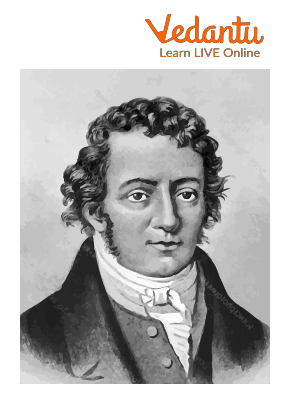
Andre Marie Ampere
An electrical telegraph was a point-to-point text messaging system used from the 1840s until the late twentieth century when other telecommunication systems gradually phased it out. Switches at the sending station connected a current source to the telegraph wires.
Archimedes
Archimedes is famous for inventing machines that helped the Romans win the Punic Wars. With his inventions, Archimedes helped to prevent Rome from attacking Syracuse. For example, "The Claw of Archimedes," which is thought to be a claw that lifted enemy ships out of the water and destroyed them, was invented by Archimedes.
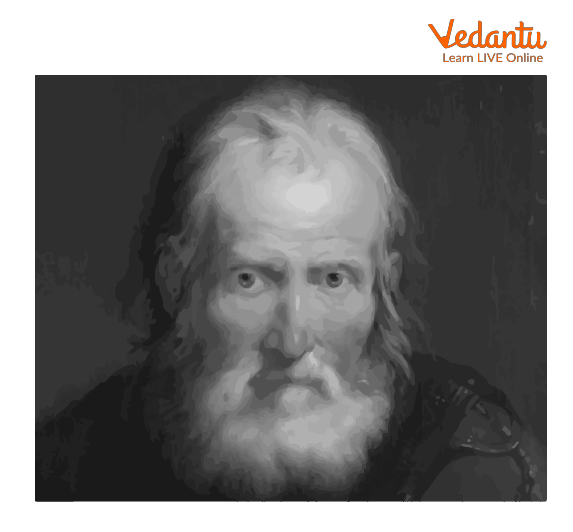
Archimedes
John Logie Baird
He was born in Helensburgh, a coastal town in Argyll. He was a brilliant electrical engineer, inventor, and trailblazer. In 1926, he was in charge of the first live working television system. He also created the first colour television system aimed at the general public.
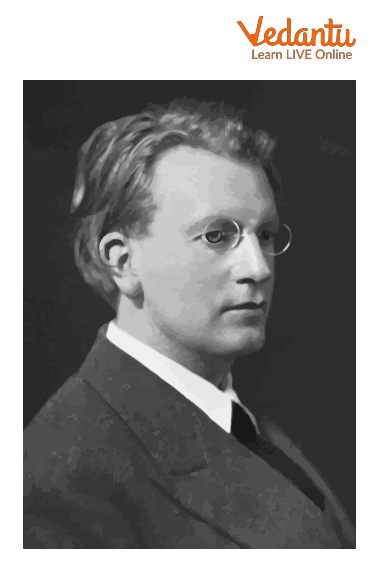
John Logie Baird
Alexander Graham Bell
Alexander Graham Bell is nicely known as the telephone inventor but also created other devices. For example, Bell invented several sonic devices, including the photophone (1880) and the Graphophone (1886). He also made advances in medical technology.
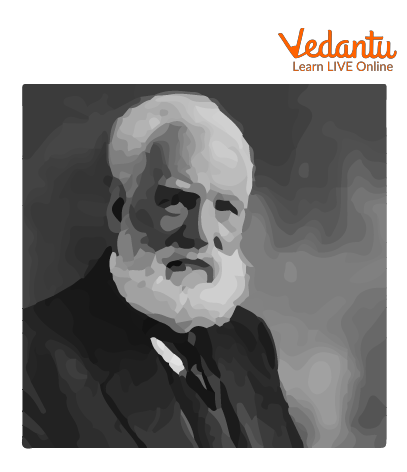
Alexander Graham Bell
Niels Bohr
Niels Bohr proposed a thesis for the hydrogen atom in 1913, based on quantum theory, which states that some physical quantities can only have discrete values. For example, electrons move around a nucleus in specific orbits, and if they jump to a lower-energy orbit, the difference is emitted as radiation.
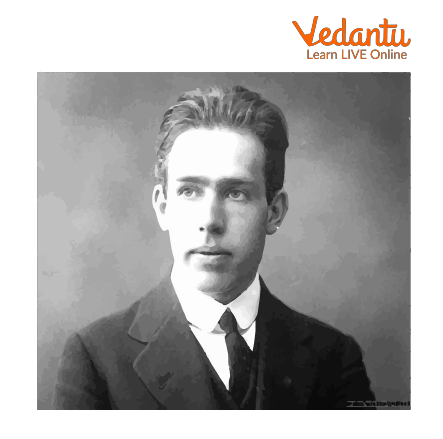
Niels Bohr
Rachel Carson
Rachel Carson was a well-known American biologist who wrote about environmental pollution and the natural history of the sea. Silent Spring (1962), one of her most influential books in the modern environmental movement, provided the impetus for tighter pesticide control, including DDT.
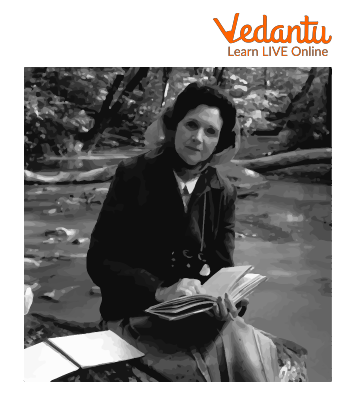
Rachel Carson
Francis Crick
Francis Crick (1916-2004) was a great British scientist. He is known for his cooperation with James Watson, which resulted in the discovery of the structure of DNA in 1953, building on the work of Maurice Wilkins, Rosalind Franklin, and others.
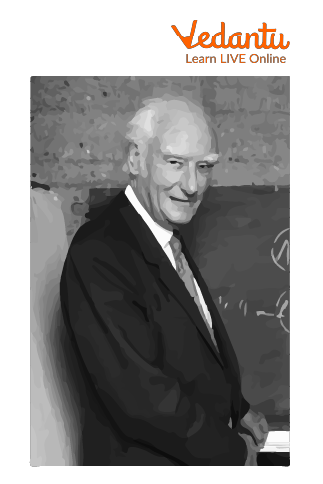
Francis Crick
Thomas Edison
Thomas Alva Edison, dubbed "America's greatest inventor," is best known for inventions including the incandescent light bulb, phonograph, motion picture camera, the phone and the telephone, and telegraph upgrades.
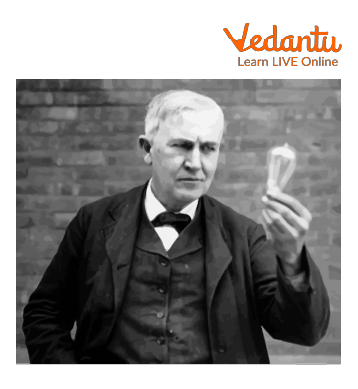
Thomas Edison
Albert Einstein
Albert Einstein was a theoretical physicist. Although Einstein is best known for developing the theory of relativity, he also contributed significantly to the development of quantum mechanics.
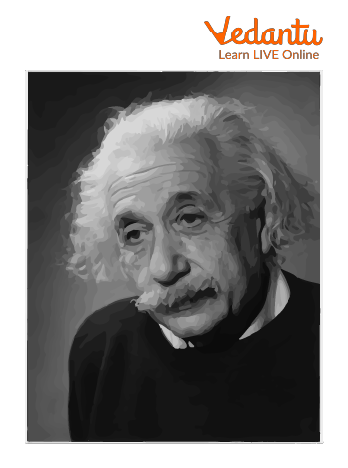
Albert Einstein
Alexander Fleming
Alexander Fleming was born in Lochfield, Scotland, on August 6, 1881. He studied medicine at London University's Saint Mary's Hospital Medical School. After finishing his degree, he began researching substances that kill bacteria (microorganisms responsible for causing some diseases).
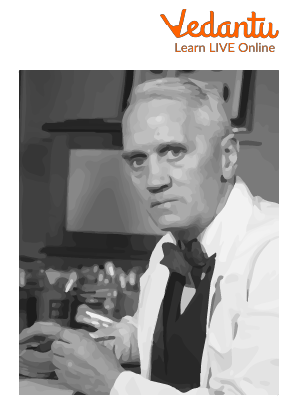
Alexander Fleming
Solved Questions
1. Andre Marie Ampere came from where?
a) France b) England c) Scotland
Ans: a) France
2. What principle did Archimedes discover?
a) Principle of Volume b) Principle of Density c) Principle of Buoyancy
Ans: c) Principle of Buoyancy
3. What was the identity of John Logie Baird?
a) A Scottish engineer b) An American socialite c) A British king
Ans: a) A Scottish engineer
FAQs on Famous Scientists for Kids
1. What are the responsibilities of a scientist?
Scientists must conduct and disseminate their research with excellence, honesty, respect, fairness, reliability, clarity, and transparency for the sake of society.
2. Describe scientific thought.
Asking questions, testing hypotheses, making observations, spotting patterns, and drawing conclusions are all examples of scientific thinking, which involves deliberate information searching.
3. Which two categories best describe scientific research?
Below stated are some of the scientific research methods:
Basic or fundamental research: Basic research is an examination into the fundamental ideas and causes behind a specific event, process, or phenomenon.
Applied research: Research that is applied involves using established theories and concepts to address specific issues.









